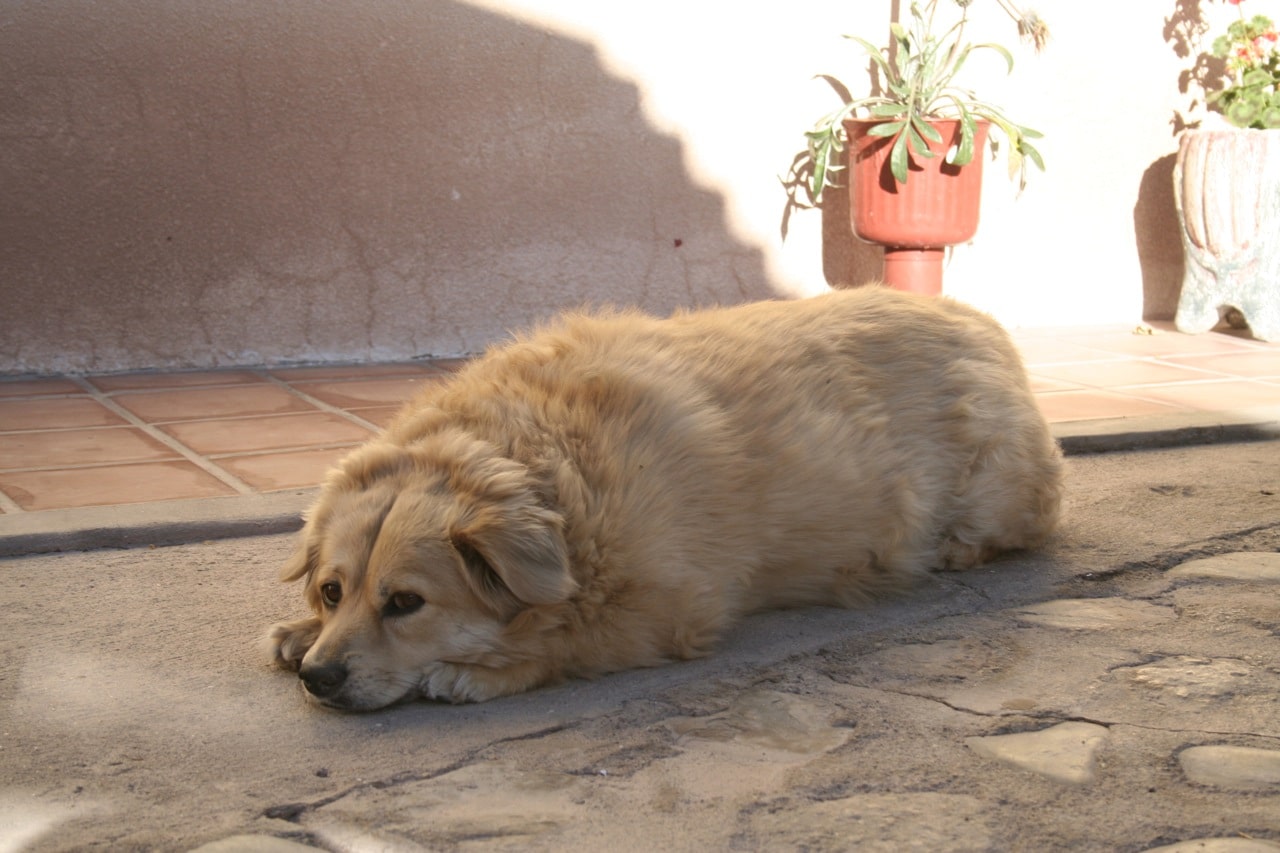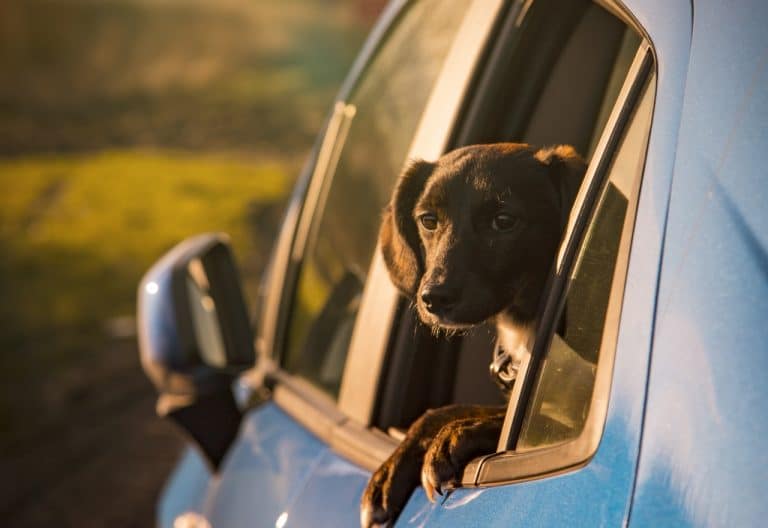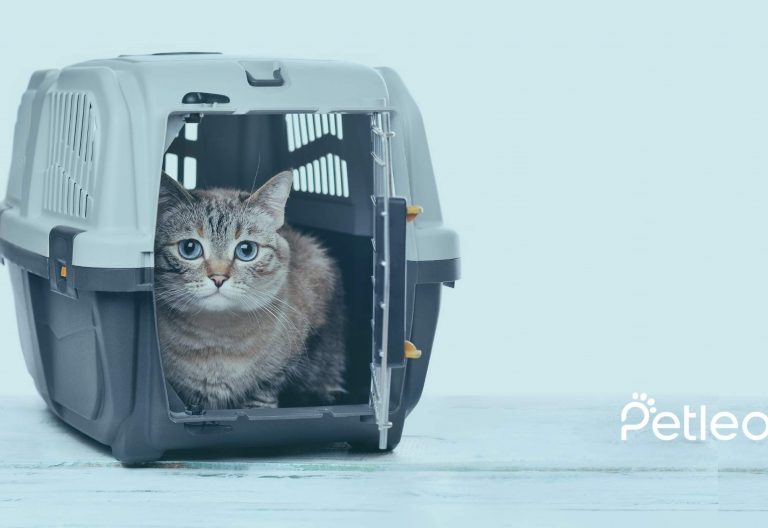Obesity (or excessive body fat) is a growing problem in both pets and humans. According to the research from Ludwig-Maximilians-Universität München, 52% of the cats and dogs in Germany are overweight or obese. Obesity causes a decrease in the quality of life in animals and shortens the life expectancy (1). In this article you will learn what obesity is and how it affects the health of your animal.
What is obesity?
Obesity is the increase in the body fat mass. In dogs, overweight means the body weight is between 10-20 % over the ideal weight. Obesity is the case where it is more than 20% above the ideal body weight. Because bodyweight varies in animal species, sex, breed etc. it is more complex to diagnose obesity or overweight than humans.
What are the risk factors for obesity in dogs and cats?
Underlying Diseases
Just as in humans, an underlying disease in dogs and cats can cause obesity. Apart from diseases affecting metabolism such as hypothyroidism, hyperadrenocortism, some medications that are used regularly (eg cortisone) may cause an increase in appetite and cause weight gain.
Genetic
Some breeds are more prone to obesity in dogs and cats. In dogs, these are:
- Labrador Retriever
- Golden Retriever
- Cairn Terrier
- Cavalier King
- Charles Spaniel
- Scottish Terrier
- Dachshund
- Cocker Spaniel
- Pug
In cats, those are:
- Manx
- Domestic shorthair breeds
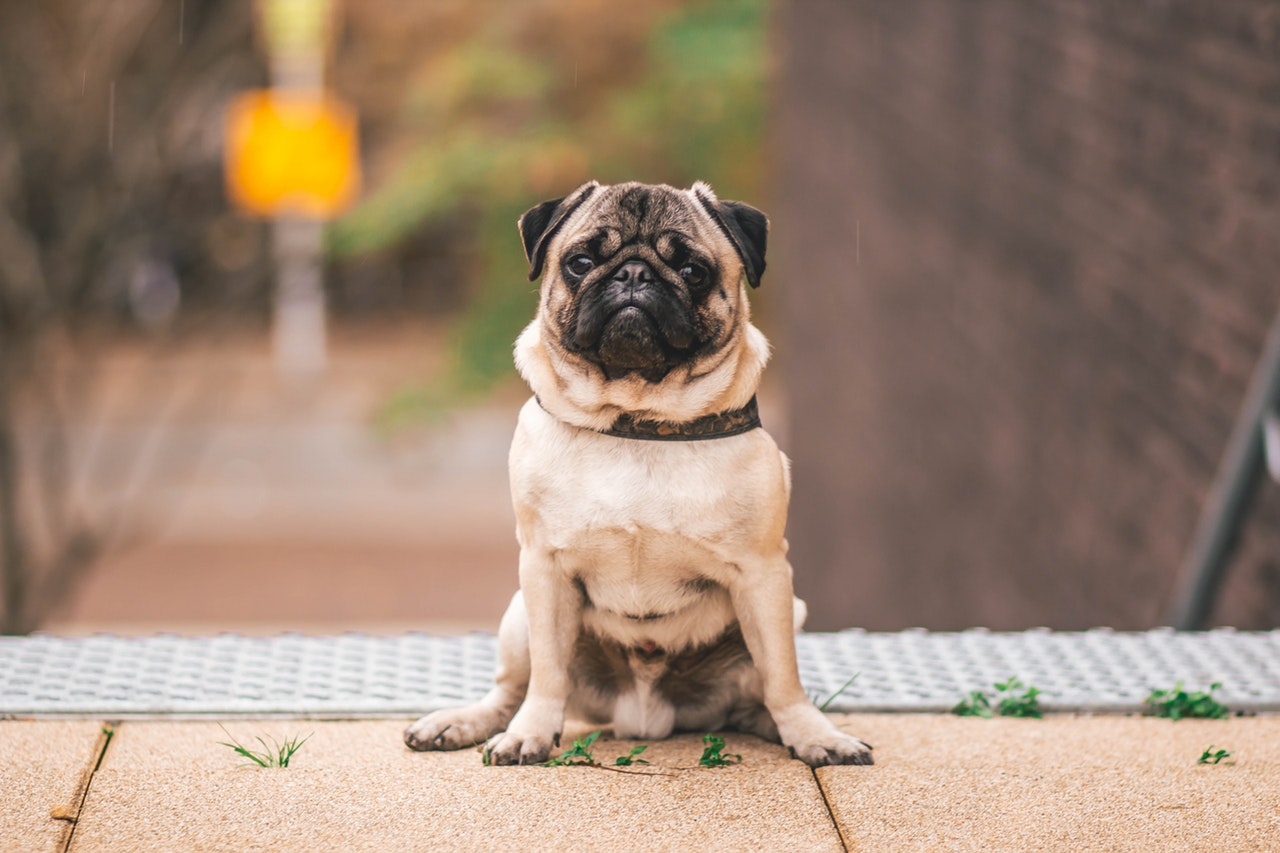
Gender
According to the study conducted in dogs, the risk of obesity is explained higher in female dogs. The cause is that the female dogs have more fat tissue than males. (2,3).
Did you know? Obesity is most frequently seen in neutered males in cats; It is more common in neutered females in dogs.
Castration
Perhaps you have observed weight gain in your cat or dog after neutering. The reason is thought to be the decrease in metabolic rate and increase the amount of daily food after castration.
Age
As age increases, weight increases as a result of decreasing basal metabolism and activity. For dogs the risk of obesity is high between 5-11 years age and for cats it is 5-19 years.
What can I do?
Diet and nutrition
It is a factor that directly affects weight gain. Nowadays, especially indoor cats and dogs, feed on the food they find, not they hunted. So they eat only what we feed them. Therefore, feeding your cat and dog for a long time with low-quality foods with high lipid content can lead to weight gain. Consider using healthier dog food or cat food.
Especially treats and food residues are other issues to be considered. They contain high fat, so excessive consumption of these products can trigger weight gain.
For cats, we usually use the type of nutrition we call “ad libitum”. In ad libitum feeding, the food container is never empty, and our cat can go and eat at any time. But this type of feeding is also may cause obesity in cats (4).
In addition, cats living with dogs or other cats are thought to be susceptible to obesity.
Exercise
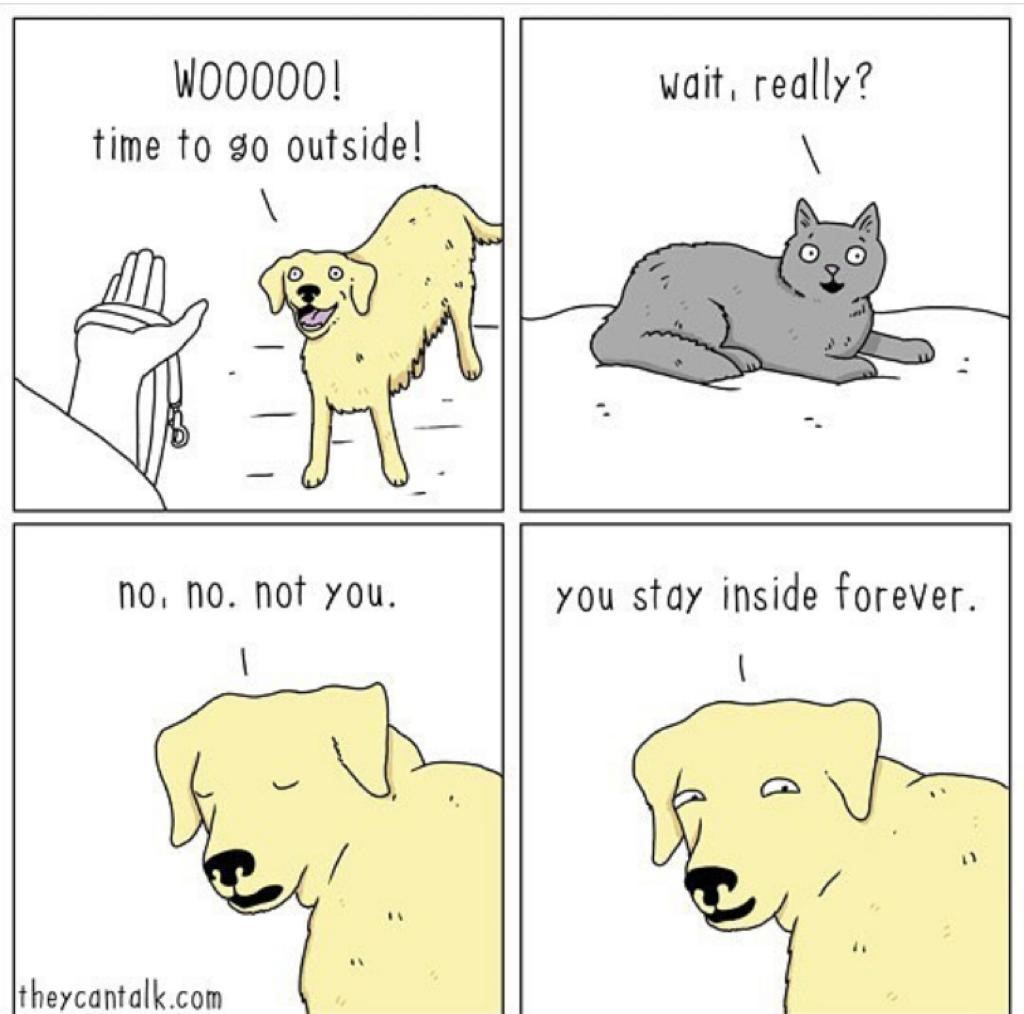
It is the most important factor that ensures the daily energy excretion of regular physical activity. Therefore, dogs and cats with limited physical activity are prone to obesity.
Dog toys* can help to motivate your four-legged friend to play more sports.
Factors related to animal owner
According to some researchers, it is observed that the animal owner’s exercise habits, income level, age, and the bond with the cat and the dog may pose a risk for obesity in cats and dogs.
The close bond between you and your cat can cause obesity.
Interestingly, the close you bond with your cat, the greater the risk of obesity. It might be caused because of the food that we give to get more attention from our free-spirited cats. Although research has shown that the cat owners’ bond with the cat increases the risk of obesity, this is not the same for dogs.
The study in dogs shows the exact opposite. The lower the bond between you and your dog, decreases the exercise time you spend with him and therefore weight gain occurs (5,6).
Especially in cats, misinterpretation of the behavior of cats by animal owner can also cause weight gain. Food is a social behavior for people and dogs. But cats do not need any social interaction while eating. The cat’s meow to contact with the owner may be misinterpreted by the pet parents as the cat is hungry. Food given at this time also changes the behavior of the cat. Your cat knows that she is rewarded with food for every meow or contact even she is not hungry. And of course it increases the risk of obesity.
Obesity associated comorbidities
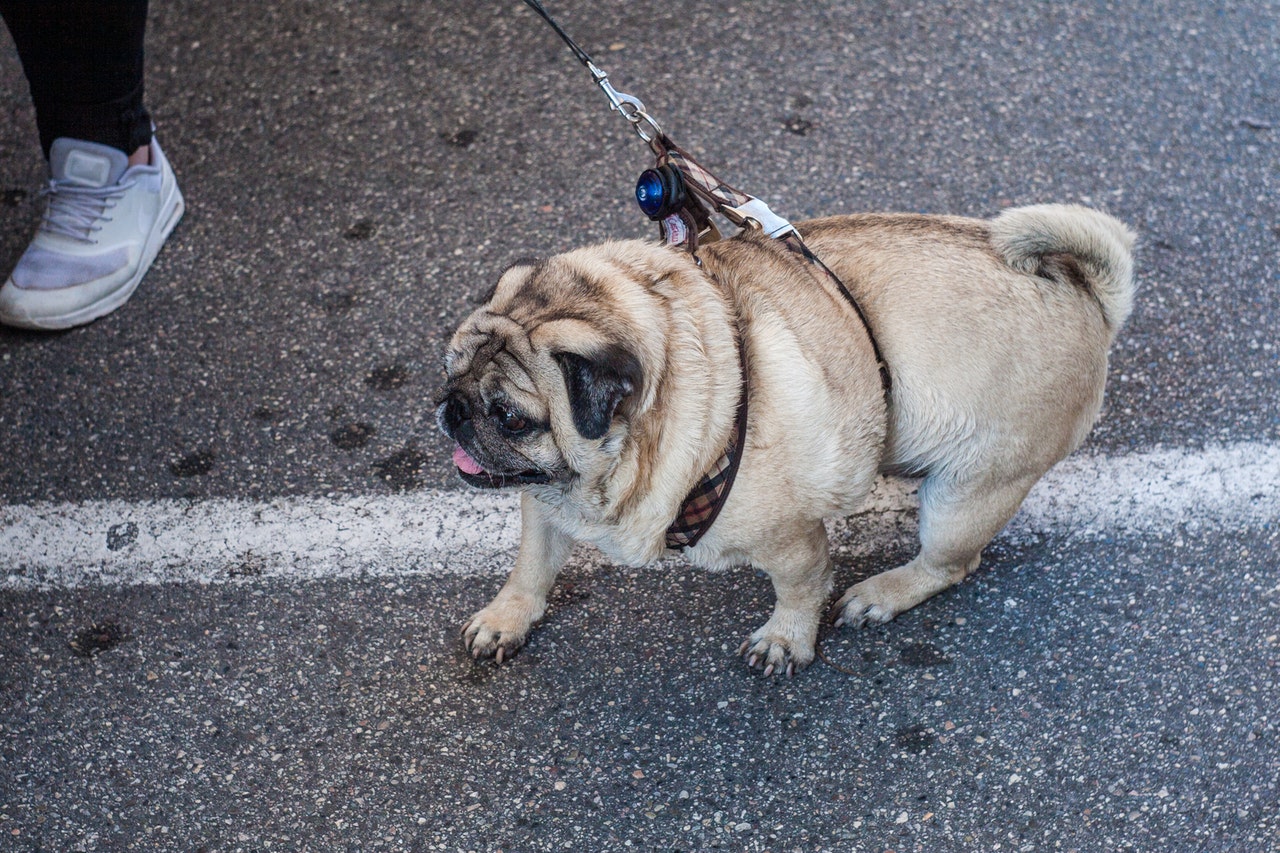
It is known that some diseases (such as diabetes mellitus) may relate to obesity. Obesity can not only lead to the occurrence of the diseases, it may also cause worsening the clinical symptoms of some diseases.
- Orthopedic diseases
- Diabetes
- Susceptibility to insulin resistance
- Susceptibility to respiratory diseases due to decreased respiratory function
- Obesity increases the risk of death from heat stroke in dogs (7)
- Urinary system diseases
- Cardiological diseases
- Reproduction system problems
- Tumours (especially mammary gland tumours)
- Non-allergic dermatological problems
- Increased complication rate in anesthesia
Summary
Obesity is one of the most common and preventable diseases in the world. The most important thing to do against obesity is to raise awareness against this big problem. If you think your dog or cat is obese or overweight, stay tuned! In our next article, we will give you very useful information about the diagnosis, treatment and prevention of obesity in cats and dogs!
References:
- Weeth, L. P. (2016). Other risks/possible benefits of obesity. Veterinary Clinics: Small Animal Practice, 46(5), 843-853.)
- (Edney AT, Smith PM. Study of obesity in dogs visiting veterinary practices in the United Kingdom. Vet Rec. 1986;118:391–6.
- Krook L, Larsson S, Rooney JR. The interrelationship of diabetes mellitus, obesity, and pyometra in the dog. Am J Vet Res. 1960;21:120–4.)
- (Courcier, E. A., O’Higgins, R., Mellor, D. J., & Yam, P. S. (2010). Prevalence and risk factors for feline obesity in a first opinion practice in Glasgow, Scotland. Journal of Feline Medicine and Surgery, 12(10), 746-753.)
- (Kienzle, E., Bergler, R., Ziegler, D., & Unshelm, J. (2001). The human-animal relationship and overfeeding in cats. Compendium on Continuing Education for the Practicing Veterinarian, 23(9), 73-7
- Kienzle, E., Bergler, R., & Mandernach, A. (1998). A comparison of the feeding behavior and the human–animal relationship in owners of normal and obese dogs. The Journal of nutrition, 128(12), 2779S-2782S.).
- Bruchim, Y., Klement, E., Saragusty, J., Finkeilstein, E., Kass, P., & Aroch, I. (2006). Heat stroke in dogs: a retrospective study of 54 cases (1999–2004) and analysis of risk factors for death. Journal of veterinary internal medicine, 20(1), 38-46.)
- Comic: www.theycantalk.com
catNutritionobesityoverweightpet obesity
